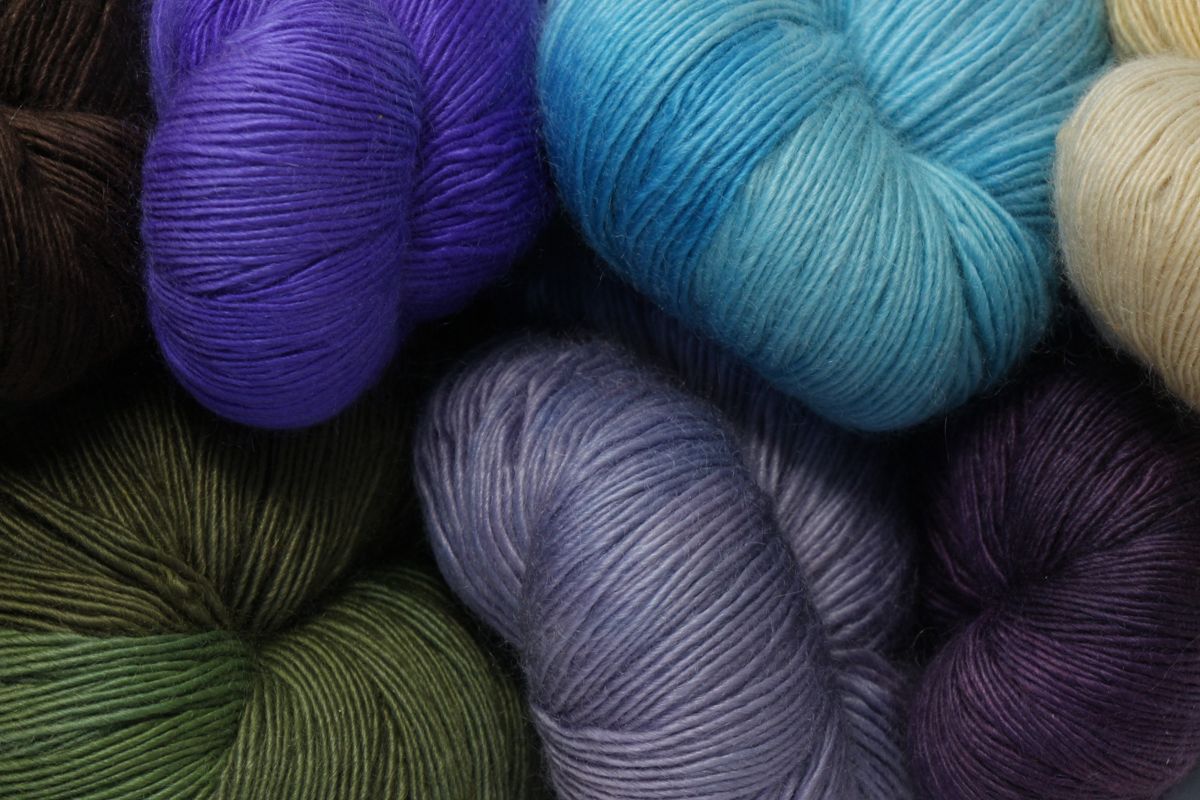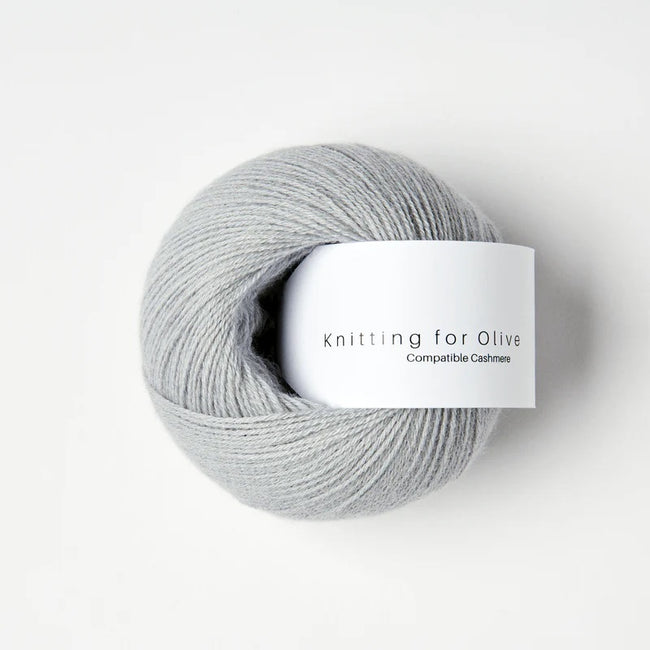What Is Cashmere and Why It’s Considered One of the Softest Fabrics in the World
What Is Cashmere and Why It’s Considered One of the Softest Fabrics in the World
Blog Article
The Value of Cashmere a Natural Fiber: An Overview to Sustainable Fashion Selections
The style industry, well-known for its substantial ecological footprint, is gradually moving towards even more lasting products and methods. Among these, cashmere, an all-natural fiber sourced from Kashmir goats, attracts attention for its environmentally friendly manufacturing procedure, toughness, and classic allure. As consumers, the decision to choose for cashmere garments can cause a significant reduction in fashion's ecological influence while adding unequaled comfort and style to one's wardrobe. However, comprehending the complexities of cashmere and its lasting production process is important to appreciate its significance totally.

Comprehending Cashmere: a Closer Consider Its Beginnings
Prized for its glamorous softness and warmth, cashmere represents the embodiment of refined convenience on the planet of materials. It originates from the rugged, fluffy undercoat of the Kashmir goat, mainly discovered in severe climates of Mongolia, China, and India. Noticeably, each goat yields simple 150 grams of the valuable fiber every year, after a strenuous procedure of arranging and brushing. This discusses the high value cashmere commands in the market. Its scarcity, combined with the extensive labor required for its manufacturing, adds to its exclusivity. The all-natural insulation homes of cashmere likewise make it a favorite for winter season fashion. Regardless of its delicate look, cashmere is remarkably long lasting, offering the excellent mix of luxury and long life.
The Lasting Manufacturing Refine of Cashmere
While the deluxe and allure of cashmere are indisputable, the methods of its manufacturing also hold considerable importance. The lasting manufacturing of cashmere entails a eco-friendly and meticulous procedure. The fibers are gathered each derive from goats in Mongolia and China without triggering harm to the animals. Each goat produces simply a couple of ounces of the valuable fiber, guaranteeing its rarity and worth. The fibers are then arranged by hand, cleaned up, and rotated into thread, a procedure that requires minimal equipment and adds to local economic situations. This cautious, moral procedure decreases environmental impact and advertises the durability of the cashmere-producing goat populations. Therefore, selecting cashmere is not simply a fashion declaration, yet additionally a mindful selection for sustainable living.
Cashmere and Longevity: A Long-lasting Fashion Investment
Along with its sustainable manufacturing process, cashmere's sustaining sturdiness makes it a worthy fashion financial investment. Unlike artificial fabrics that degrade swiftly, cashmere withstands the examination of time. Its fibers are solid, yet adaptable, allowing garments to retain their shape and softness even after years of wear. In addition, cashmere's capacity to stand up to pilling provides it a side over various other woollen materials. While preliminary prices may be higher, the long life of cashmere pieces makes them economical in the future. It's not uncommon for premium cashmere garments to be given via generations, staying a treasured wardrobe staple. Investing in cashmere is not just a lasting selection yet additionally a dedication to resilient, long-lasting style.
The Eco-Friendly Advantages of Deciding On Cashmere
Have you ever considered the eco-friendly advantages of picking cashmere? Cashmere, an all-natural fiber, is biodegradable and renewable, making it an environmentally pleasant option in vogue. Its production process, unlike artificial fibers, doesn't count on petroleum-based products or give off unsafe greenhouse gases. Cashmere goats assist to maintain biodiversity by grazing on plants various other animals neglect. Especially, cashmere needs less water for its production compared to cotton, thus saving one of our world's most precious sources. It's essential to resource cashmere sustainably to minimize overgrazing issues. In final thought, selecting cashmere not just offers glamorous convenience and warmth however also adds to a much more sustainable fashion industry.
Unveiling the Ageless Allure of Cashmere in Style

Making Responsible Wardrobe Selections: Choosing Cashmere
While quick fashion patterns may site link tempt with their budget-friendly costs and fast turn over, making accountable closet choices requires thinking about the long-term effects of one's acquisitions. Going with cashmere, a lasting and all-natural fiber, can significantly reduce one's environmental impact. Cashmere garments, known for their sturdiness and timeless appeal, frequently outlive their synthetic counterparts, reducing waste and offering far better value for money. In addition, cashmere farming adds to preserving all-natural habitats and biodiversity. Buying cashmere sustains these typical farming practices, thus boosting regional economies and reinforcing sustainability. Consequently, selecting this luxurious fiber isn't simply a nod to personal design yet additionally a step in the direction of responsible intake. Making wardrobe options like these can affect the apparel industry to focus on sustainability.
Final Thought
In final thought, cashmere is a significant part in the movement towards lasting style. By choosing cashmere, customers are not only investing in design and comfort, however likewise supporting responsible methods within the style sector, adding to a more sustainable future.
Selecting cashmere is not simply a style statement, yet also a mindful option for lasting living. (cashmere)

Cashmere, an all-natural fiber, is naturally degradable and sustainable, making it an ecologically friendly option in style. Cashmere, an all-natural fiber acquired from cashmere fibre the great undercoat of Himalayan goats, supplies unparalleled gentleness and heat, making it a desired material in the style industry.
Report this page